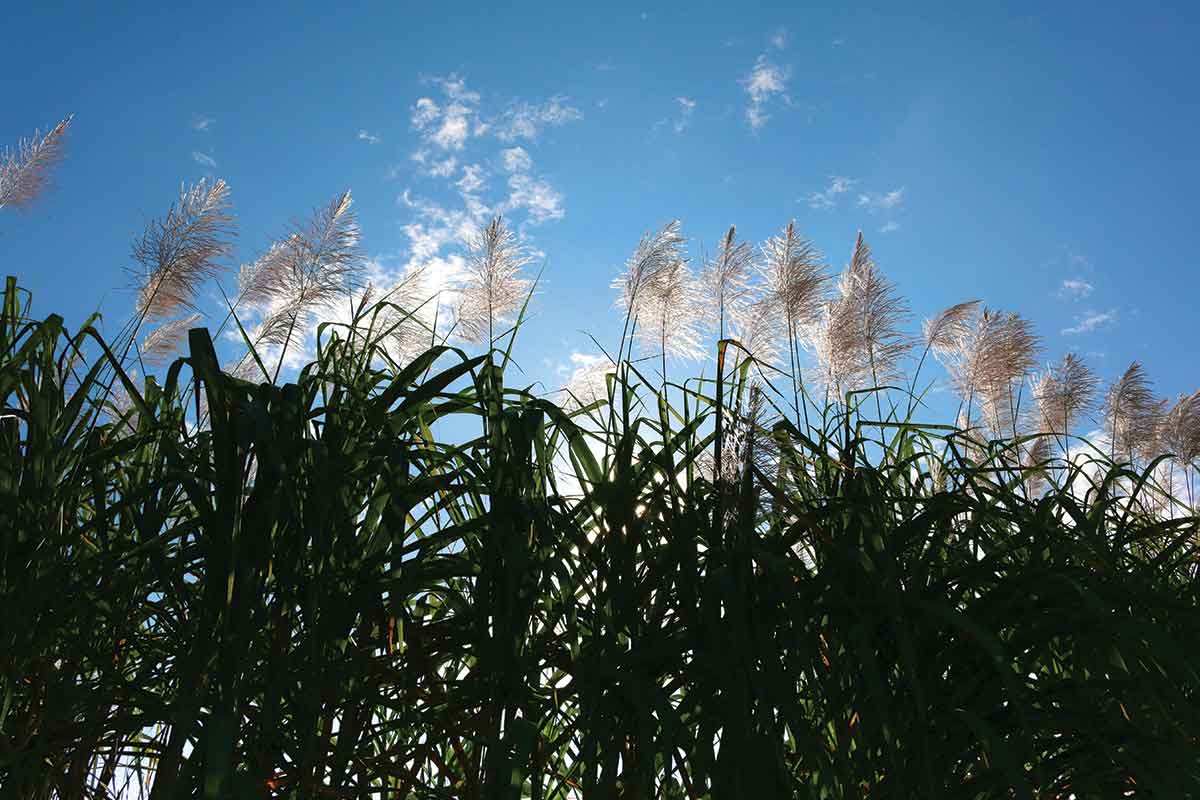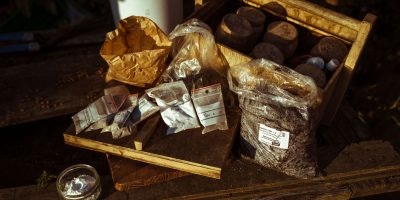Rum, rhum and cachaça all begin life as sugarcane. Yet, each represent a different type of sugarcane spirit, in the same way that bourbon, rye and single malt all begin life as grain. And yet these grain-based spirits each represent wholly different whiskey styles. To assist in your understanding of the different rum styles, we’ve created this primer below as a starting point for your sugarcane studies.
The Difference A Single Letter Makes
As you begin sampling a broader collection of rums, you might be surprised to learn that rum and rhum are actually distinct. Such confusion is understandable. After all, in the whiskey world — or is that the whisky world? — the spelling difference between whiskey and whisky is largely ornamental. It’s based on tradition, except in cases when it isn’t. It’s a hard and fast rule, minus the many glaring exceptions.
 Rum glasses
Rum glasses
Rum and rhum, though, are indeed different.
The broad category of rum can refer to any type of sugarcane spirit. It can be distilled in any way, any where; whether a pot still, a column still or a combination thereof, and any number of times. Mature it or don’t. Strip out its color or don’t. Adulterate it with sugar (or please don’t). As long as it’s distilled sugarcane, in any form — including sugarcane juice, sugarcane syrup, sugarcane molasses, or other sugarcane byproducts — it’s rum.
Take a moment to think about just how broad and disparate the category of rum is. It can be represented by anything from the clean, column still distillates of Puerto Rican rums such as Bacardi and Don Q to the funky pot still rums from Jamaica typified by brands such as Wray & Nephew — and everything in between.
Fresh Sugarcane Juice
Rhum, which is short for rhum agricole and may also simply be called agricole, is a sub-classification of rum. Whereas the vast bulk of rum is distilled from molasses, rhum agricole must be distilled from fresh sugarcane juice. This point of differentiation is responsible for the grassy, vegetal characteristics for which these spirits are known and loved.
The spelling of the word rhum is French, and its origins are in the French-colonized Caribbean islands, such as Martinique. A few of the most notable names include Rhum Clément, Rhum JM, Saint James and Rhum Depaz. Martinique’s producers have a stringent set of protocols to qualify as rhum agricole within its appellation, but the spirit can also be made elsewhere. That’s true historically in other French Caribbean outposts such as Haiti, with Rhum Barbancourt. Today, there’s a smattering of agricole producers spread across the globe.
Rhum v. Cachaça
Cachaça (ka-SHA-suh) is a Brazilian sugarcane spirit which must be made from fresh cane juice. This makes it a closer relative to the sub-category of rhum than the broad kingdom of rum at large.
 Sugarcane flowers
Sugarcane flowers
However, while cachaça was once commonly misdescribed as “Brazilian rum,” it’s probably the other way around, if we’re being fair about it. That’s because cachaça’s history of production goes back at least as as rum’s, and likely even farther — over 500 years. Therefore, rum is perhaps more like a Caribbean cachaça, than cachaça is a Brazilian rum, but I digress.
There are other production specs which must be met with cachaça production. It must come from Brazil and must be made from fresh sugarcane juice. It’s also single distilled product that must be bottled between 38 and 48% ABV.
Cachaça can be matured, though it doesn’t have to be. In fact, for some connoisseurs, the unaged prata or silver cachaça is the best showcase for its funky undertones. However, the category’s use of several dozen different indigenous Brazilian hardwoods for maturation is perhaps where the most fun can be found.
Aged Cachaça
The most commonly available brands in the US — including Novo Fogo, Avuá, Leblon, Yaguara and Ypióca — all deploy a spectrum of such woods. These unique specimens provide different flavors, aromas and even colors, from what you’re likely used to finding with other spirits.
Novo Fogo’s Tanager displays an almost reddish-pink color from a finish in Zebrawood, and its Graciosa, finished in Brazil Nut wood, offers a range of nutty flavors. Avua’s Amburana, matured fully in Amburana wood, offers an incredibly distinctive profile conjuring up powdered cinnamon and sugar atop buttered toast. Jequitibá, Cabreuva, Tapinhoã, Balm and Araúva are among other notable types of wood being deployed to great effect.
Now comes the easy part — go ahead and taste test through a lineup of different rum, rhum and cachaça bottles to see which you most prefer.
Ready to try your hand at tasting the differences between rum rhum and cachaça?
With Distiller, you’ll always know what’s in the bottle before you spend a cent. Rate, Review, and Discover spirits. Head on over to Distiller, or download the app for iOS and Android today!
Want to enjoy Distiller ad-free? Join Distiller Pro today to support the Distiller platform and keep ads off of your screen.



